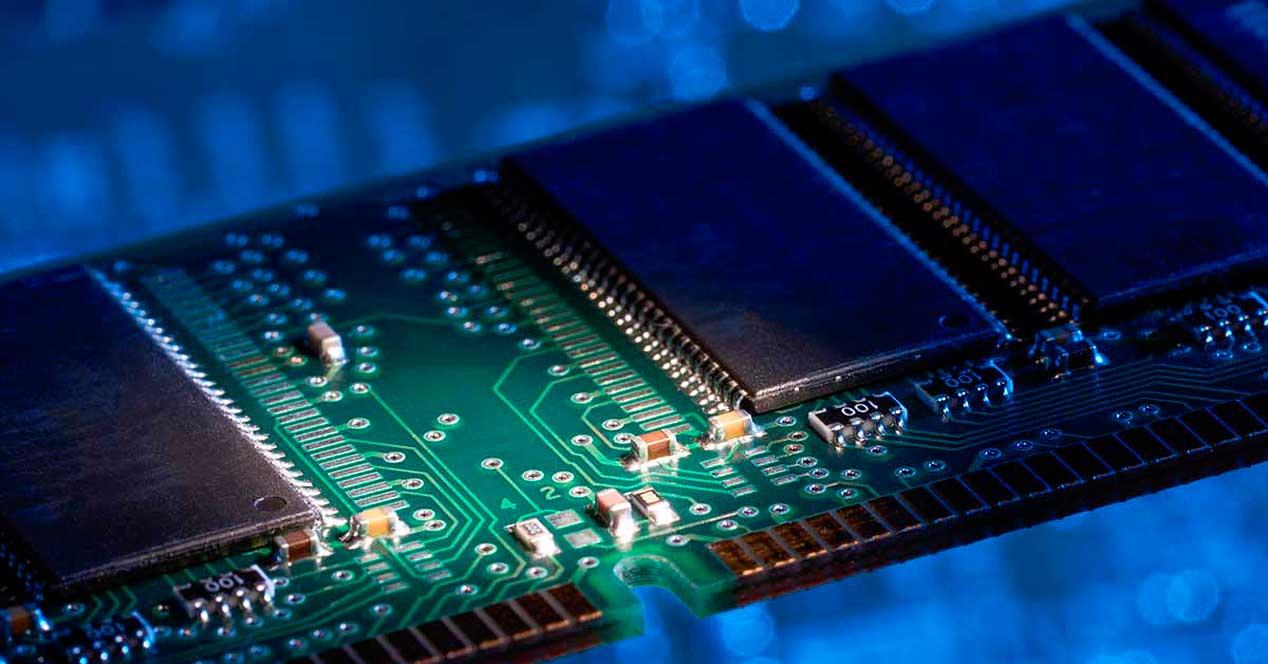There is no doubt that NAND Flash memory is becoming the storage of the future. And it is that non-volatile RAM not only brings disk drive access problems, but also higher transfer speeds. Micron has just announced the memory 3D NAND of 232 caps and Western Digital isn’t far either. Let’s look at the future of NVMe SSDs.
There are many types of flash memory on the market and with different uses and interfaces. But for some time we have been witnessing a common development: the use of 3D NAND memory. Which involves vertically stacking flash memory chips and using pathways through silicon to communicate with them. This allows them to increase the capacity of these without having to use complex and expensive advanced manufacturing nodes.
This is important, because if there is a point where this type of storage falters, it is in the price of storage, much higher than a classic hard drive. This is therefore the main motivation of manufacturers today when talking about non-volatile memory chips. What is the type of memory used in NVMe SSDs that all laptops already come standard with.
Micron presents its 232-layer 3D NAND memory
Yes, this time of year has arrived and after a long wait a manufacturer has already exceeded 200 layers in its flash memory. We refer to the 232 Micron Capas 3D NAND. Of course, it should be noted that we are not talking about a complete NVMe SSD, but only one of its components. Let’s not forget that these storage units bring with them the chips to store the data, the flash controller and in many cases the RAM memory for the controller.
well, dand what we are talking about are storage chips. And it is that Micron has managed to place 128 GB of storage on a single chip made up of 232 layers. The type of memory cell used? CCM, so we might also see chips with QLC cells in the future. All of this is not only a storage upgrade for future NVMe SSDs for PC and consoles, but also a decrease in consumption, at least in storage. Something that is necessary due to the fact that with the future adoption of the PCI Express interface, the consumption in the transfer will increase.
However, it is not yet known what the improvements in data access speed are in the 232-layer 3D NAND, information that the South Korean manufacturer has kept to itself for the moment. In any case, we will have to wait until 2023 to see the first SSD drives and laptops equipped with this technology. The reason? It has just been presented, but has not yet been put into production.
Western Digital isn’t far either.
Not only did Micron introduce flash memory with over 200 layers, but western digital also presented a similar solution. However, they gave the opposite information for their new 3D NAND over 200 layersyes Since we absolutely do not know the number of these. From what we were able to know that the vtransfer speed increased by 60% and the write speed 15%.
This is a preview of the next generation of storage based on persistent memory chips. And we are very clear that they will not be the first manufacturers to announce their solutions in the months or weeks to come.










